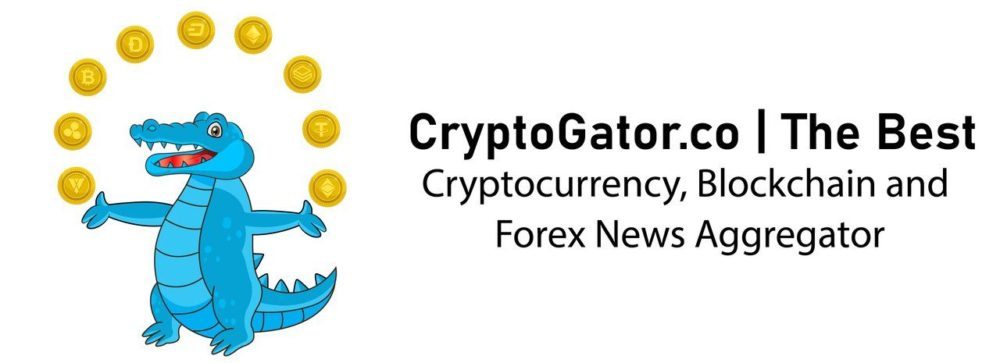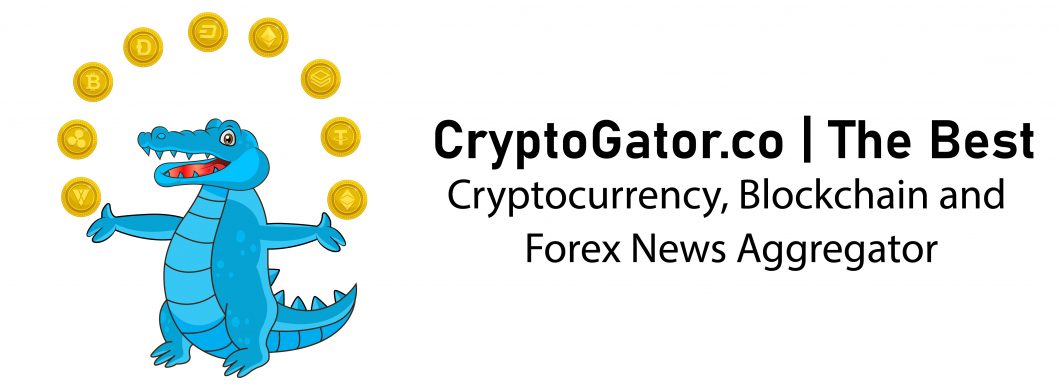<p>Stablecoins
have emerged as a new type of cryptocurrency in recent years, aiming to provide
stability in the volatile world of cryptocurrency. While cryptocurrencies such
as Bitcoin and Ethereum are notorious for their price volatility, stablecoins
are intended to maintain a stable value in relation to a traditional currency
or asset. </p><p>Because of this
stability, stablecoins have become an appealing option for those looking to
gain access to financial services and participate in the global economy,
particularly those who are unbanked or underbanked. This article will look at
the applications and challenges of stablecoins in promoting financial
inclusion. </p><p>What
are Stablecoins?</p><p>Stablecoins are
cryptocurrencies that are intended to keep their value stable in relation to a
traditional currency or asset, such as the US dollar, gold, or another stable
asset. Stablecoins achieve this through a variety of mechanisms, including pegs
to a stable asset, algorithmic stabilization mechanisms, and collateralization.
</p><p>Stablecoins are
classified into three types: fiat-collateralized, crypto-collateralized, and
non-collateralized. Fiat-collateralized stablecoins are backed by a traditional
currency reserve, such as the US dollar or the Euro. </p><p>Stablecoins
that are crypto-collateralized are backed by a reserve of cryptocurrencies such
as Bitcoin or Ethereum. Non-collateralized stablecoins, also known as
algorithmic stablecoins, use algorithms to maintain their value by dynamically
adjusting supply and demand. </p><p>Stablecoin
Applications in Financial Inclusion</p><p>Stablecoins can
be used to promote financial inclusion in a variety of ways, particularly in
developing countries and regions with limited access to traditional financial
services. Some of the ways stablecoins are being used to promote financial
inclusion are as follows: </p><p>Stablecoins can
be used to facilitate cross-border remittances, allowing people to send and
receive money with lower fees and faster settlement times. This is especially
useful for those who are unbanked or have limited access to traditional
remittance services. </p><p>Stablecoins can
be used to facilitate microtransactions, allowing people to make small payments
for goods and services without requiring traditional banking infrastructure.
This is especially advantageous for small business owners and entrepreneurs who
operate in cash-based economies. </p><p>For those who
do not have access to traditional savings accounts, stablecoins can be used as
a store of value and a means of saving. Over time, this can help people achieve
financial stability and security. </p><p>Stablecoins can
also used to provide unbanked or underbanked individuals with access to
financial services. Loans, insurance, and investment products are examples of
services that are typically only available to those with a bank account or a
credit history. </p><p>Stablecoin
Challenges in Financial Inclusion</p><p>While
stablecoins have the potential to promote financial inclusion, they also face a
number of challenges that must be overcome in order for them to reach their
full potential. Some of the difficulties that stablecoins face in promoting
financial inclusion are as follows: </p><p>·
Stablecoins
operate in a regulatory gray area: Their legal status is unknown in many
jurisdictions. This can cause confusion for users and businesses, slowing the
adoption of stablecoins. </p><p>·
Stablecoins
require complex technical infrastructure to function: This includes blockchain
technology, smart contracts, and stablecoin stabilization mechanisms. This may
create technical barriers to entry for users and businesses who lack the
necessary technical knowledge to use stablecoins. </p><p>·
Adoption
challenges: Adoption of stablecoins is difficult, particularly in areas with
limited internet access or low levels of digital literacy. This may restrict
the potential user base for stablecoins and impede their adoption. </p><p>·
Risks
of centralization: Some stablecoins are centralized, which means they are
controlled by a single entity. This can lead to centralization risks, such as
censorship, and undermine stablecoins’ decentralization and democratization
potential. </p><p>Stablecoins,
like all cryptocurrencies, are vulnerable to security risks such as hacking and
theft. Stablecoin security is critical for their adoption and use in financial
inclusion. </p><p>What
are the risks and hurdles Fiat-Backed Stablecoins need to overcome?</p><p>Counterparty
risk</p><p>The biggest
risk of fiat-backed stablecoins is that they are not truly decentralized. </p><p>In order to be
fully decentralized, there must be no central authority or intermediary
involved in the operation of a cryptocurrency. </p><p>Fiat-backed
stablecoins require some form of trust in a third party to hold your money and
make sure it’s safe from theft or loss. </p><p>This means you
have less control over your funds than you would with other cryptocurrencies
such as Bitcoin or Ethereum.</p><p>Exchange
rate risk</p><p>Another issue
with fiat-backed stablecoins is that they typically use an algorithmically
controlled supply rather than relying on market forces like supply/demand
dynamics where prices rise when demand increases and vice versa; this means
that prices increase suddenly without warning since there wouldn’t be enough
supply available.</p><p>Risks
and challenges of Crypto-Backed Stablecoins</p><p>There are three
main risks associated with crypto-backed stablecoins:</p><p>Volatility
risk</p><p>The value of a stablecoin
can fluctuate over time, which makes it less useful as a medium of exchange and
store of value. For example, if you own $1 worth of USD Coin (USDC), but then
the price drops by 50%, you’ll only be able to buy half as much with USDC than
before This could make people hesitant to accept it as payment or invest in it
at all.</p><p>Counterparty
risk</p><p>If there’s ever
an issue with the issuer’s ability or willingness to honor their promise to
redeem your coins for fiat currency, then this could lead investors into losing
money because they don’t have any legal recourse against them (as opposed to
when dealing with banks).</p><p>Liquidity
risk</p><p>Even if
everything else goes smoothly on exchanges where you trade these coins for
dollars or other cryptocurrencies, there might not always be enough buyers at
any given moment so prices could spike quickly due simply because demand
exceeds supply rather than due solely because something has happened within
either market itself</p><p>Risks
and challenges of Algorithmic Stablecoins</p><p>Algorithmic
stablecoins are a relatively new concept in the crypto market, and they have
some unique risks.</p><p>Vulnerability
to hacks</p><p>Because
algorithmic stablecoins are often built on top of other blockchains, they’re more
vulnerable than traditional fiat-backed coins. This can happen if hackers find
a way into the underlying blockchain or if there’s an issue with the consensus
mechanism (the algorithm used to determine who gets paid what).</p><p>Lack
of trust</p><p>Unlike traditional
fiat currencies, which are backed by governments or central banks that have
been around for decades or even centuries, algorithmic stablecoins rely on
complex computer systems that may be difficult for many people to understand
fully.</p><p>As such, this
lack of understanding can cause them not only not place their trust in these
coins but also feel hesitant about investing in them at all.</p><p>Lack
of transparency</p><p>Unlike
traditional fiat currencies where all transactions are recorded publicly so
anyone can see how much money is being printed each year and how much is being
spent on things like interest payments or military budgets</p><p>Conclusion</p><p>Stablecoins
have the potential to promote financial inclusion by providing unbanked or
underbanked individuals with access to financial services. They can facilitate
cross-border remittances, microtransactions, savings, and access to financial
services. </p><p>However,
stablecoins also face several challenges, including regulatory, technical, adoption,
centralization, and security risks. To realize stablecoins’ full potential in
promoting financial inclusion, these issues must be addressed through
regulatory clarity, technical innovation, education, decentralization, and
security measures. </p><p>Stablecoins
have the potential to transform the way people access and use financial
services, particularly in developing countries and regions where traditional
financial services are limited. They can help promote financial
inclusion, reduce poverty, and foster economic growth by providing stability
and security. As stablecoin <a href=”https://www.financemagnates.com/cryptocurrency/coins/will-2023-see-continued-growth-in-stablecoins/” target=”_blank” rel=”follow”>use cases and challenges evolve</a>, it will be
fascinating to see how they will impact the global economy and promote
financial inclusion.</p>
This article was written by Finance Magnates Staff at www.financemagnates.com.



